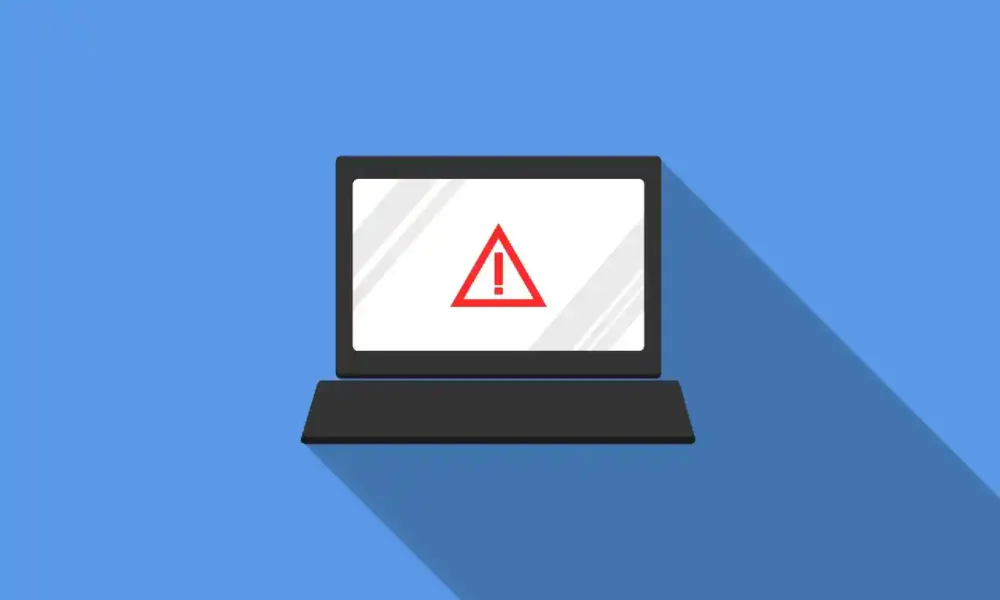In today’s digital world, cyber-attacks are becoming more common. As technology advances, so do the strategies of hackers. This raises a vital question: How aware are we of our network vulnerabilities?
Understanding these weaknesses is crucial for network safety. Many businesses underestimate the risks associated with poor security measures. A single breach can lead to massive losses.
Everyone needs to stay informed and proactive. Simple steps can make a big difference.
By addressing network vulnerabilities now, we can protect our data. This proactive approach will also improve our security posture. Let’s explore how to safeguard our networks.
Common Types of Cyber Attacks
Cyber attacks come in various forms. It’s vital to understand the different types to stay ahead of potential threats. Some common types include:
Phishing
This involves tricking individuals into revealing sensitive information. The deception is carried out by disguising it as a trustworthy entity. It often occurs through email or social media.
Malware
Short for malicious software. This is any program designed to harm or gain unauthorized access to a computer system. Examples include:
- viruses
- worms
- Trojan horses
- ransomware
Denial of Service (DoS) Attacks
These attacks flood a network with excessive traffic. As a result, the network crashes and becomes inaccessible to users. This can lead to significant disruptions in service and financial losses.
Man in the Middle (MITM) Attacks
In this type of attack, a hacker intercepts communication between two parties. This allows them to eavesdrop or manipulate the conversation. This can lead to the theft of sensitive information or funds.
SQL Injection
This is a common form of attack on databases. Malicious code is inserted into SQL statements to gain access to sensitive data.
Identifying Network Vulnerabilities
To protect our networks, we must first identify any potential vulnerabilities. These can include:
- outdated software and hardware
- weak passwords
- unsecured network connections
- lack of proper security protocols
Regular vulnerability assessments can help detect these weaknesses. They provide solutions before hackers can exploit them.
Best Practices for Network Security
It is crucial to implement best practices. This helps in strengthening network security. These include:
- regular software and hardware updates
- strong passwords and two-factor authentication
- encrypting sensitive information
- firewalls and intrusion detection
- employee training on security protocols
Additionally, organizations should consider conducting penetration testing as part of their security strategy. What are the benefits of penetration testing? It helps identify weaknesses before attackers do.
It enhances compliance with regulations. It provides valuable insights into potential vulnerabilities.
By following these best practices, we can reduce the risk of cyber attacks. Utilizing penetration testing further helps protect our networks from potential threats.
Learn More About Network Vulnerabilities
Addressing network vulnerabilities is vital for all businesses. By implementing effective network security tips, organizations can safeguard their valuable data. Regular assessments and updates will help identify weaknesses early.
Training employees on security protocols fosters a culture of vigilance. By taking these proactive measures, we can reduce the risk of cyber attacks.
It’s crucial to remain aware and informed about potential threats. Protecting our networks is a continuous process that demands attention.
Did you find this article helpful? If so, check out the rest of our site for more informative content.
